Juneteenth marks a momentous celebration — the end of American slavery — but it was not the end of the story about Black Americans’ struggle for freedom and equality. As Northwestern marks its first observance of the new federal holiday, we examine how deeply slavery was ingrained in 19th century America, how abolitionists forced a nation to face its inhumanity — and how that work must continue today.
Juneteenth shows us that justice can prevail. But it must be fought for, even after it has been granted.
Curated by Marquis Taylor, history PhD student. Materials are drawn from the Charles Deering McCormick Library of Special Collections and University Archives; and the Melville J. Herskovits Library of African Studies.
Content Warning
This exhibition includes objects that reduce humans into property.
In sharing these items, the curator and the Northwestern Libraries staff do not intend to further this dehumanization. We recognize the difficult nature of the material displayed in this exhibition, particularly for those visitors whose identities and lived experiences intersect with the histories presented.
See the Exhibit: June 06, 2022 through Fall Quarter
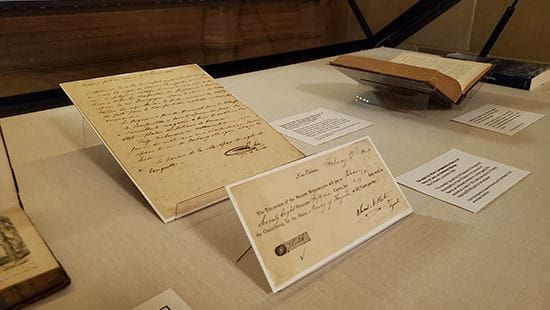
Freedom for Everyone: Slavery and Abolition in 19th Century America runs from June 06, 2022 through fall quarter with displays in the lobby of Deering Library. The exhibit features original documents from the Frederick Douglass Collection and Slavery, Enslaved Persons, and Free Blacks in the Americas Collection, as well as materials from the Melville J. Herskovits Library of African Studies. The exhibit displays historical documents as well as context on the curation of the exhibit by curator Marquis Taylor, on reparative description and archiving by archivist Charla Wilson and on preserving historical documents by book & paper conservator Roger Williams.
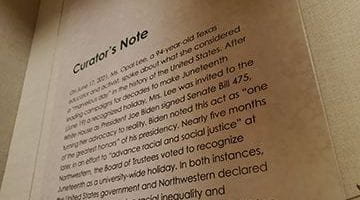
Curator's Note
A note from exhibit curator, Marquis Taylor
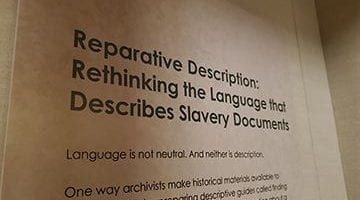
Reparative Description and the Archiving of Slavery Documents
On language and description for these materials by archivist Charla Wilson
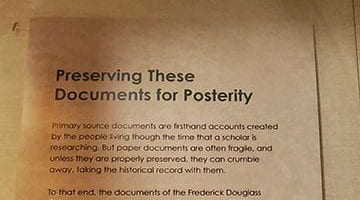
Preserving These Documents for Posterity
On preservation of historical documents, by book and paper conservator Roger Williams
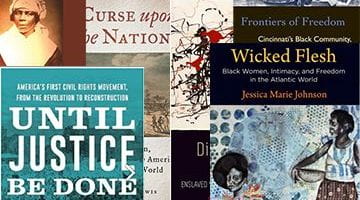
Further Reading on Slavery & Freedom
A bibliography of books for further reading on slavery, abolition and the Black freedom struggle
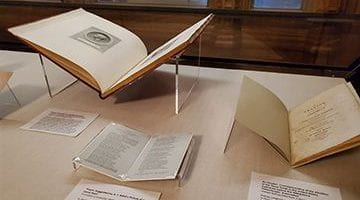
About
About the exhibit
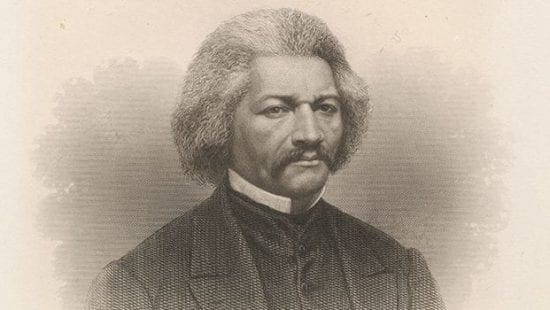
Frederick Douglass
Douglass was one of the most celebrated abolitionists and social reformers of the 19th century– lending support to the causes of abolition and women’s suffrage.
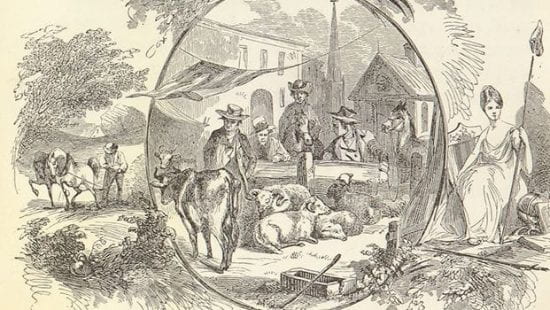
Abolition
The abolitionist movement was an organized effort to end chattel slavery in the United States.
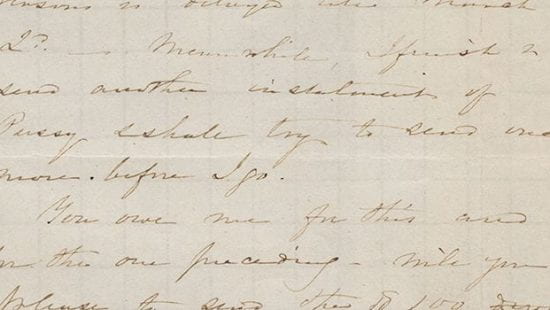
Slavery
The items in this section speak to the complexity of American slavery. Some enslaved people lived on rural in-land plantations and others in urban centers, some performed labor on large-scale plantations while others were hired out by municipal governments. However, the brutality of the institution of slavery is evident in each item.
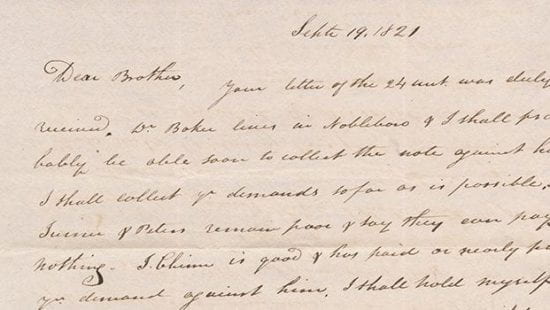
Freedom
This display case asks you to consider the significance of the historic moment of Emancipation, but also how African Americans throughout the 19th century fought to make freedom a reality for themselves and their families and communities.
